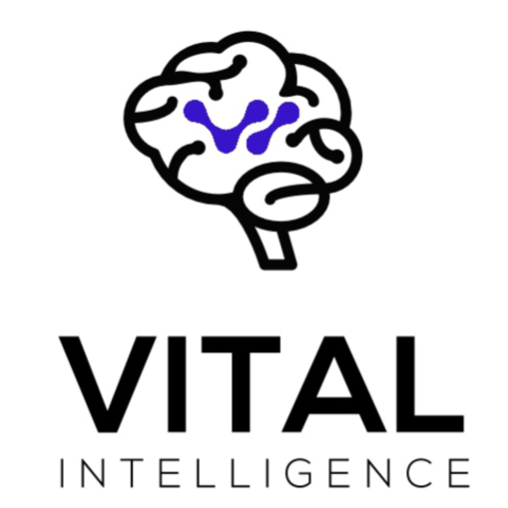In the realm of problem-solving and innovation, the distinction and collaboration between human cognition and computer computation are fundamental. While computers excel at handling vast and complex calculations with unparalleled speed and precision, the human brain brings creativity, contextual understanding, and strategic thinking to the table. This article explores the unique characteristics of both human and computer problem-solving, arguing for a synergistic approach that leverages the strengths of each to address complex challenges.
Understanding Human Cognition vs. Computer Computation
Human Cognition:
- Contextual Understanding: Humans interpret problems within their broader context, considering emotional, cultural, and social factors.
- Creative Problem Solving: Humans excel in generating innovative solutions, using intuition and making novel connections.
- Adaptive Learning: Human learning is inherently adaptive, allowing for flexible strategy adjustments based on new information or environments.
- Heuristic Approaches: Humans often employ heuristics – rule-of-thumb strategies that are not always perfect but work well under most circumstances.
Computer Computation:
- Speed and Accuracy: Computers can process large sets of data swiftly and without error.
- Consistency: Computers provide reliable, unbiased outputs for consistent inputs.
- Complex Analysis: Advanced AI and machine learning enable computers to perform sophisticated pattern analysis and predictions.
- Algorithmic Problem Solving: Computers are bound to predefined algorithms, excelling in tasks with clear parameters and quantifiable outcomes.
The Significance of Identifying What to Compute
Humans uniquely identify not just how to solve a problem, but what problem needs solving. This involves higher-order cognitive processes such as understanding relevance, prioritizing tasks, and applying ethical considerations. For instance, in medical diagnostics, while AI can suggest possible illnesses based on symptoms, it is the physician who understands the patient’s complete story and makes the final judgment.
Efficiency and Creativity in Problem-Solving
Efficiency isn’t just about speed; it’s about optimal resource usage. Humans are particularly skilled at finding shortcuts and optimizing processes in creative ways. They can recognize when a comprehensive computation is unnecessary and instead apply a simpler, more efficient solution. Conversely, when precision and speed are paramount, computers take the lead, processing and analyzing data far beyond the human capability.
The Interplay of Human and Artificial Intelligence
The future of problem-solving lies in the partnership between human cognitive skills and computer computational power. This collaboration is already unfolding across various sectors:
- Medicine: AI algorithms assist in imaging and diagnostics, while doctors provide the final interpretation and patient care.
- Finance: Computers handle vast data analysis, whereas human experts make strategic decisions considering ethical, legal, and social implications.
- Creative Industries: In areas like design and content creation, AI tools can manage the technical workload, enabling humans to focus on the creative aspect.
Conclusion
The true power of problem-solving lies not in choosing between human cognition and computer computation but in combining them. Human intelligence shines in identifying relevant problems, creative problem-solving, and applying contextual understanding, while computers excel in performing high-speed, accurate, and repetitive tasks. Together, they create a formidable force capable of tackling the most daunting challenges. As technology evolves, so too does our understanding of how best to integrate these two forms of intelligence, driving us towards a future where human creativity and machine efficiency are seamlessly intertwined. This synergy promises not only to enhance our problem-solving capabilities but also to expand the very horizons of what we can achieve.
